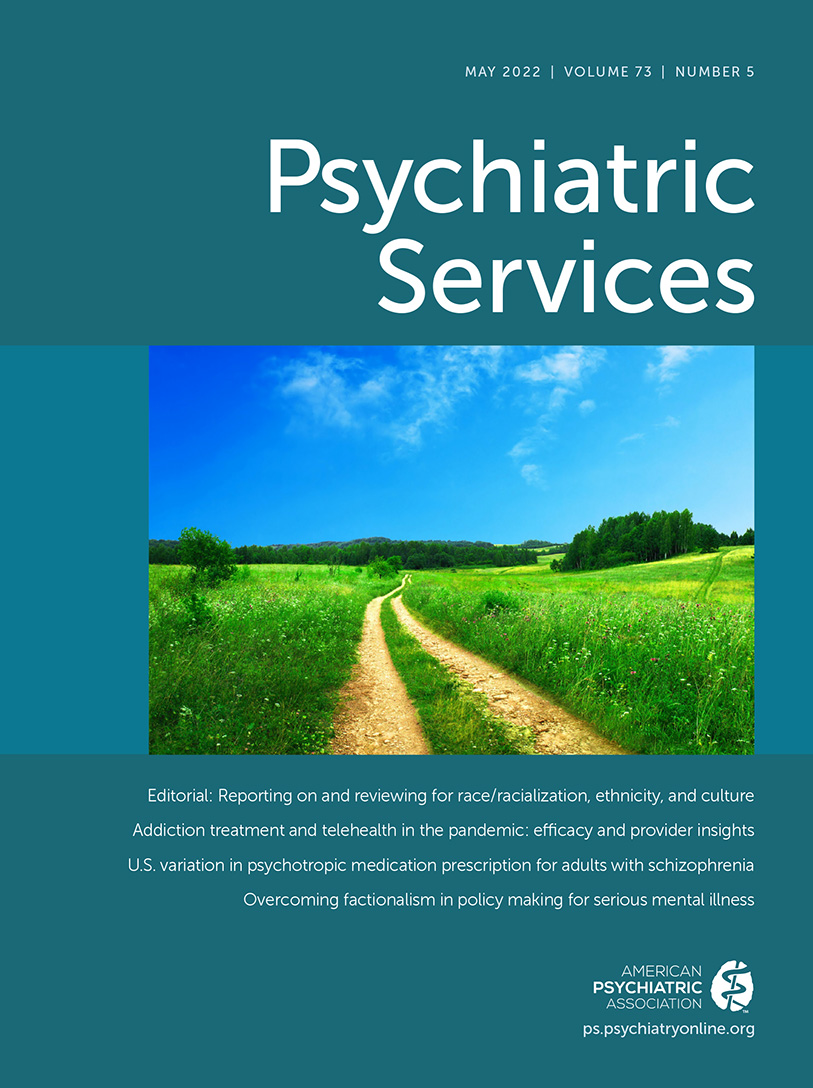Increases in Inpatient Psychiatry Beds Operated by Systems, For-Profits, and Chains, 2010–2016
Abstract
Objective:
This study explored trends in the quantity of inpatient psychiatry beds and in facility characteristics.
Methods:
Using the National Bureau of Economic Research’s Health Systems and Provider Database, the authors examined changes in the number of psychiatric facilities and beds, focusing on system ownership, profit status, facility type (general acute care versus freestanding), and affiliation with psychiatric hospital chains from 2010 to 2016.
Results:
The number of psychiatric beds was relatively unchanged from 2010 (N=112,182 beds) to 2016 (N=111,184). However, the number of beds operated by systems increased by 39.8% (N=15,803); for-profits, by 56.9% (N=8,572); and chains, by 16.7% (N=6,256). Net increases in beds were primarily concentrated in for-profit freestanding psychiatric hospitals. In 2016, most for-profit beds were part of chains (70.2%) and systems (61.3%).
Conclusions:
Inpatient psychiatry has shifted toward increased ownership by systems, for-profits, and chains. Payers and policy makers should safeguard against profiteering, and future research should investigate the implications of these trends on quality of care.



